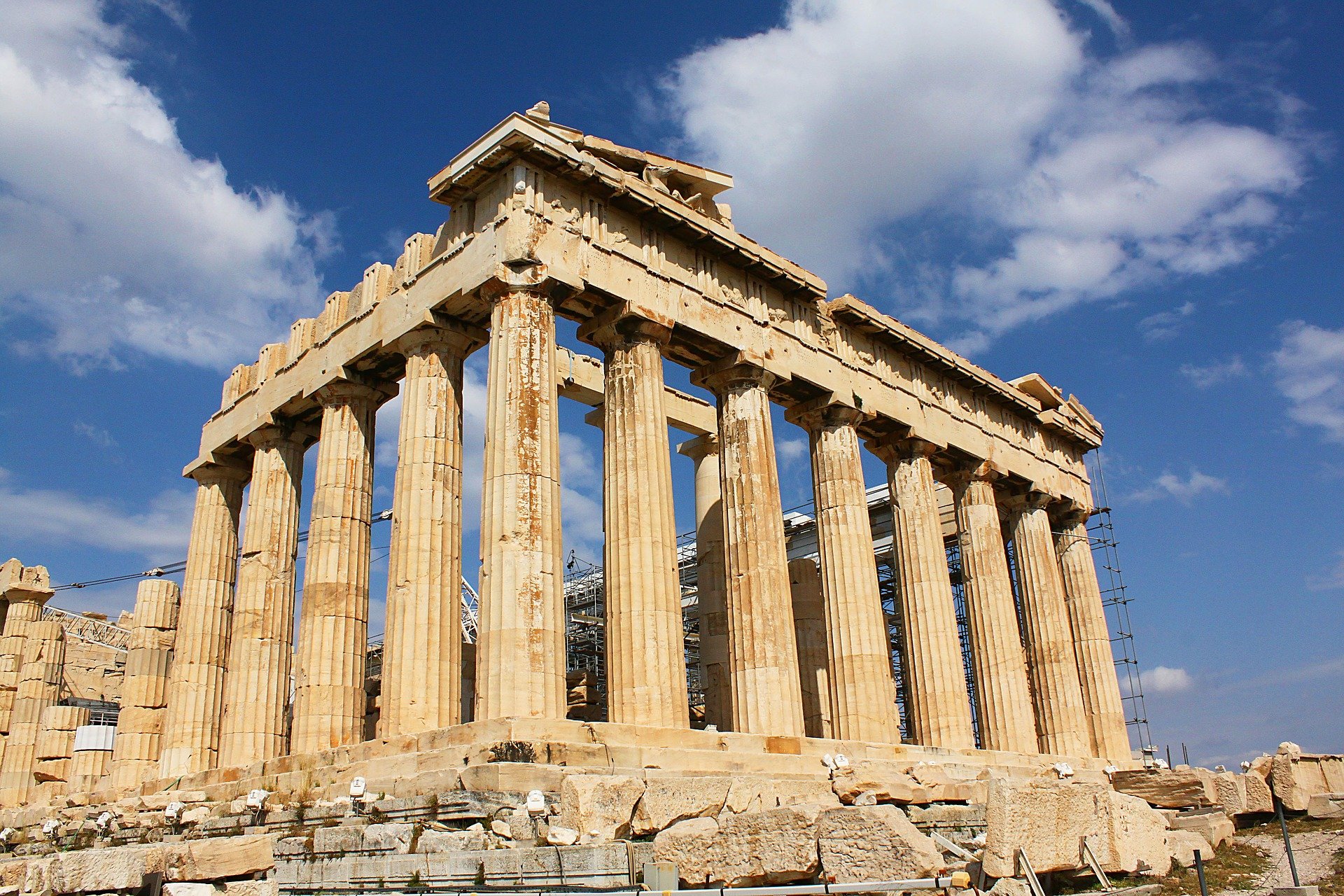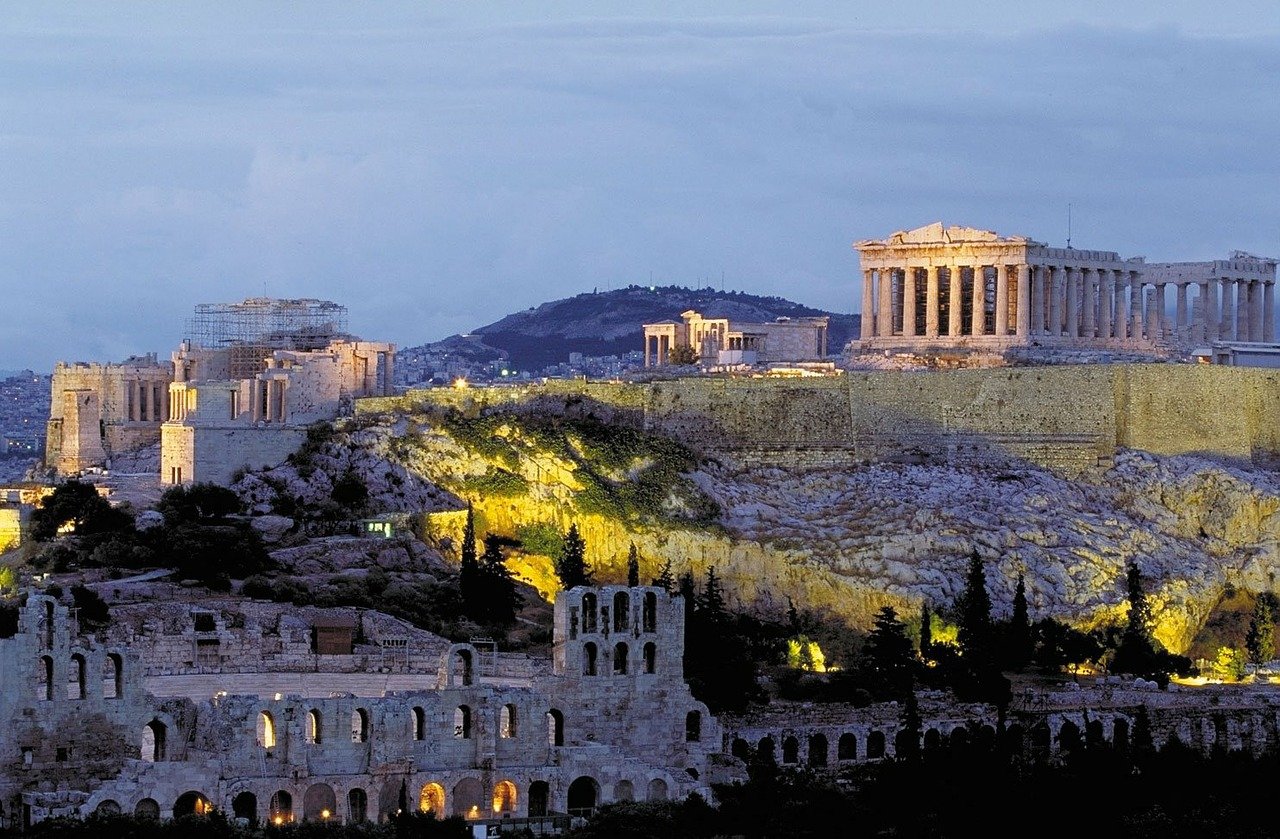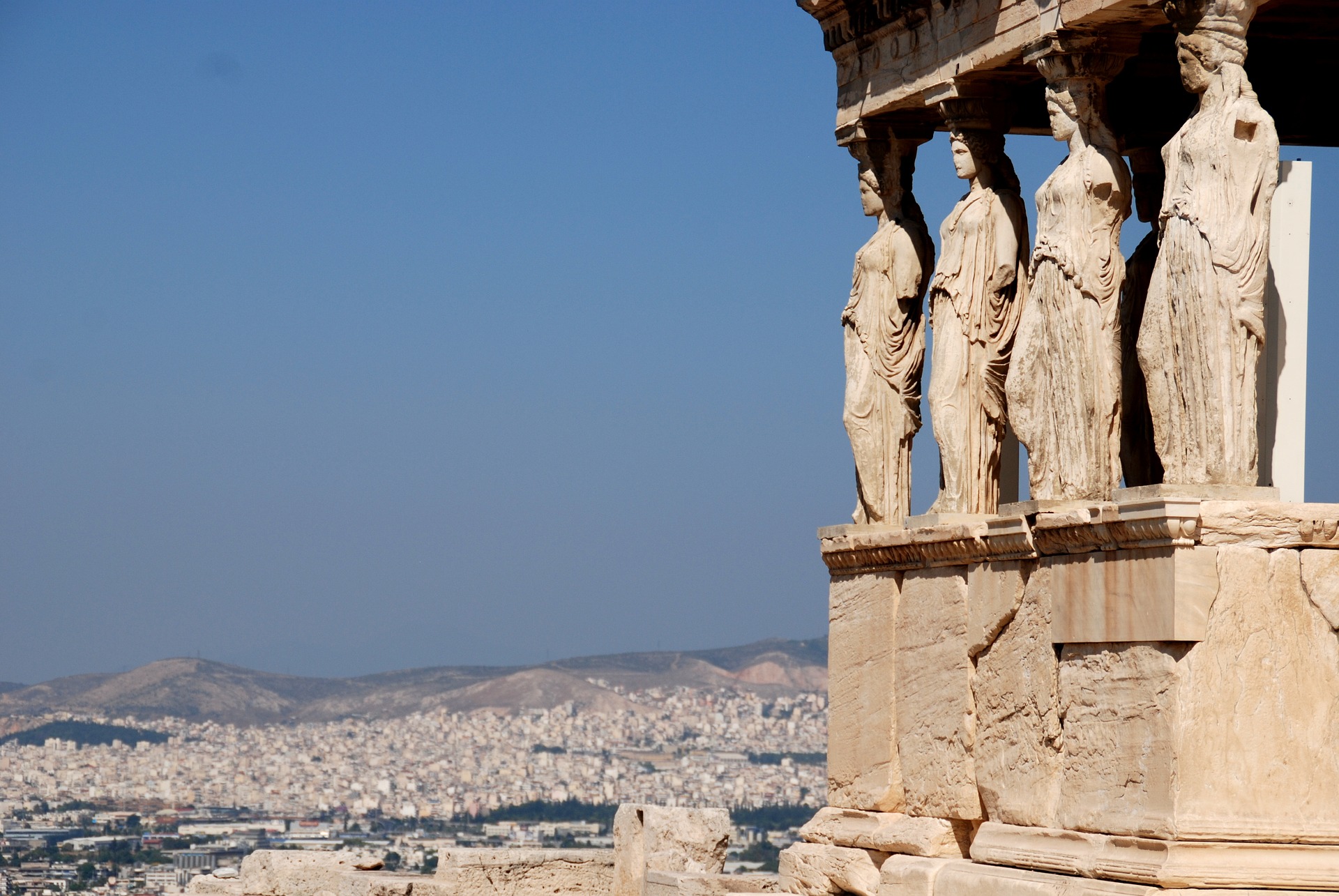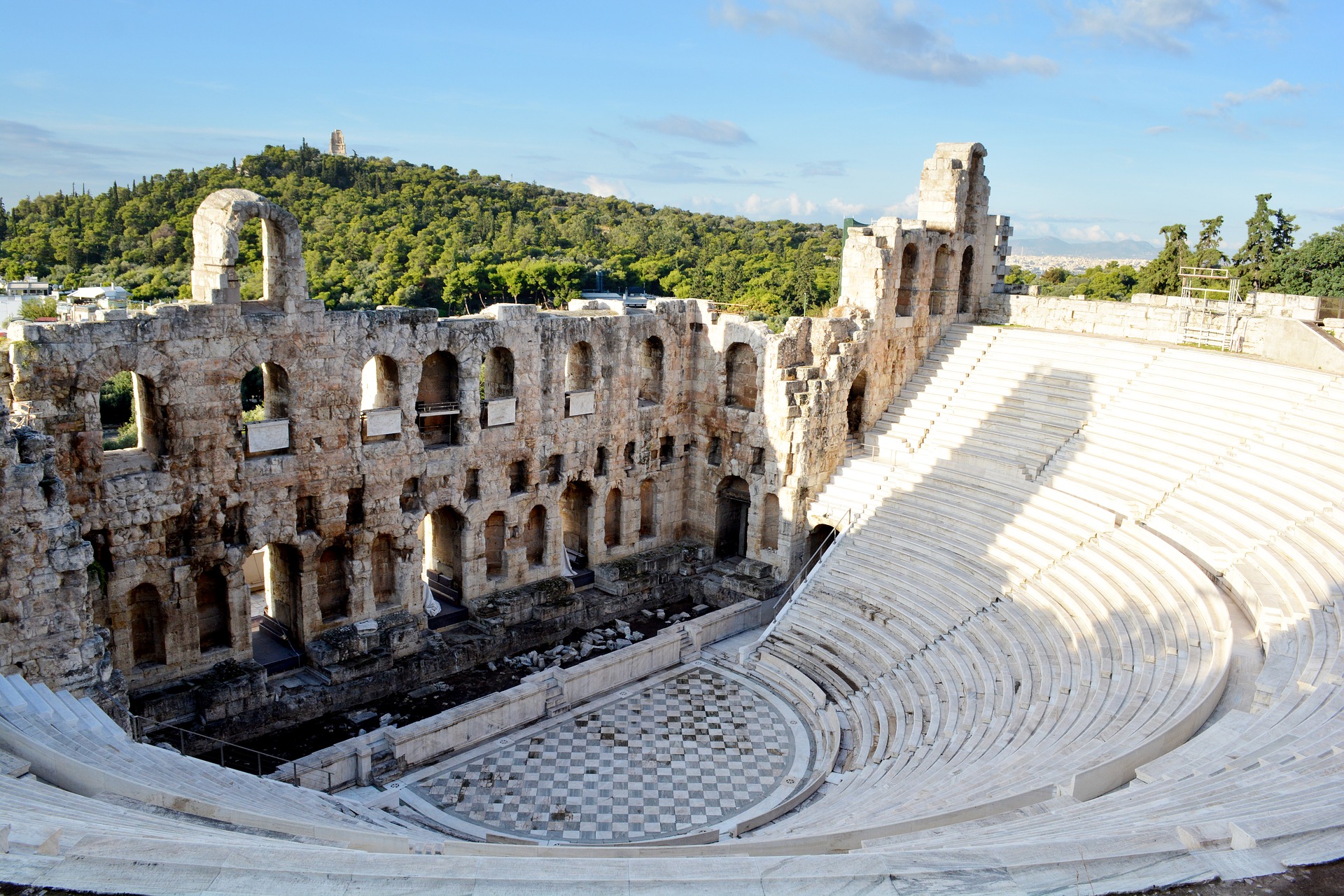
La Acropolis of Athens It is the great icon of the capital of Greece and a symbol of the glory and power of the ancient Greek civilization. No tourist passes through this destination without visiting this place.
In fact, many other Greek cities have their own acropolis, a word used to designate the upper part of the polis. Specifically, that of Athens rises 156 meters above sea level and is accessible only on one of its sides, where the remains of the remains are still visible. cyclopean ramparts dating from the time mycenaean.
The grandeur of the Athenian Acropolis begins around the XNUMXth century BC, when the increasingly prosperous Athens began the construction of temples dedicated to Athena and other gods on this "sacred rock."
El Parthenon, Erechtheum and other wonders of the classical age were destroyed by the Persians in 480 BC After the Greek victory in the Medical Wars the buildings were rebuilt and the enclosure was walled.
In addition, large pits were dug inside to bury statues of the gods (considered sacred) that had succumbed to destruction. Many of these statues can be admired today in the Acropolis Museum, recommended visit for archeology lovers.
The Propylaea, the gates of the Acropolis
After ascending the hill, visitors enter the enclosure through the western slope, crossing the Propylaea, the gates of the Acropolis. This structure was erected in 437 BC using marble from the Pentelic quarry, just outside the city. It was composed of two large rectangular masses that framed the entrance to the enclosure.
Past the Propylaea, a stone staircase leads to the Temple of Athena Victoria, which still preserves its Ionic columns and part of its structure. In ancient times it was kept inside a statue of the winged goddess Athena, protector of the city, whose wings had been symbolically clipped so that it would always remain protecting the Athenians.
Also here was the Temple of Artemis Brauronia, of which today only a few traces remain.
Although today it offers a naked appearance, in its day there was also a sacred forest crossed by the so-called Via Sacra.
The Parthenon

General night view of the Acropolis with the imposing illuminated silhouette of the Parthenon.
The great jewel of the Acropolis is the temple dedicated to the goddess Athens Parthenos (Virgin Athena), better known as "the Parthenon".
It was constructed in doric style and following the canon of classical proportions: eight columns in the narrow side by 17 in the width; Each column is 10,43 meters high, that is, 5,5 times the diameter of its base. The external decorative elements of the frieze can be admired today in the British Museum of London. In their metopes they were represented among other things Trojan War scenes and the procession of Panathenaic.
Inside the Parthenon you can still see the pedestal where the legendary statue of Athena was erected, ten meters high, sculpted by Phidias in gold and ivory.
The Erechtheum

The famous caryatids of the Erechtheion, on the Acropolis of Athens.
It is the most original building on the Acropolis. They are built on uneven ground, it is asymmetrical and on one of its sides it replaces the classic columns with the famous ones. caryatids. These female statues are named after Spartan girls captured as slaves by the Athenians during the Peloponnesian War.
The classical Athenian tradition mandated that inside the Erechtheum always stay a live snake, which represented the spirit of the hero Erechtheus. If this snake died, it had to be immediately replaced by another.
In Byzantine times this temple was transformed into a church; later, under Ottoman rule, it became first a mosque and then a harem of the Pasha.
Theater of Dionysus

Theater of Dionysus
This temple, built in stone in 340 BC, is a remarkable example of classical greek theater. Bill Theater of DionysusNamed after the cult of the god of wine, it is located at the southeastern end of the Acropolis and at the time had the capacity to host 17.000 spectators.
Next to it are the remains of another structure known as Odeon of Pericles, dedicated to hosting musical shows.
Other structures of the Acropolis of Athens
Of many of the buildings that stood on the Acropolis during its golden age, there are hardly any visible remains today. However, in the Acropolis Museum you can see faithful reproductions and explanations about their meaning and their functions. These are the most important:
- El Reforion, a building located north of the Acropolis where the young women in charge, among other things, of caring for the statue of Athena were staying.
- El Eleusinion, temple built by order of Pericles to worship the mysteries of Eleusis.
- El asclepeion, temple consecrated to the god of medicine to which the sick and priests attended.
What do heroes eat in Athens? What do heroes do when they were a mere mortal? What clothes are in fashion? HERCULES IS A FANTATIOUS STORY
In athens they eat gyros a very good meal that I recommend from experience also a good meal such as the kalamaki meat skewers
what straw is the akropolis
na !! …… puxa remember me the knights of the zodiac